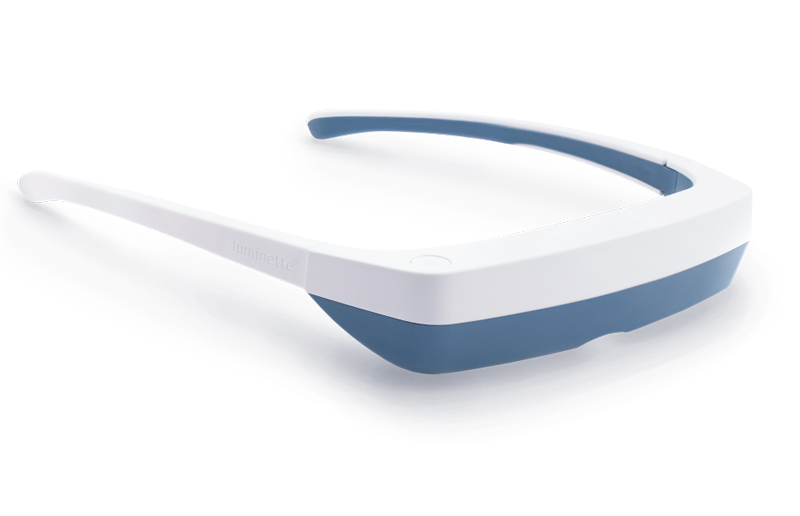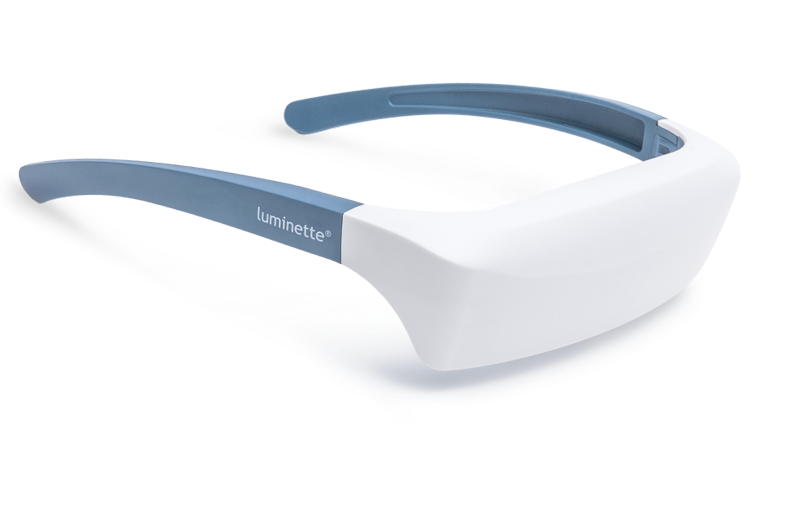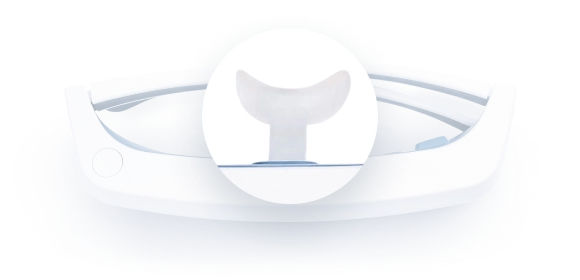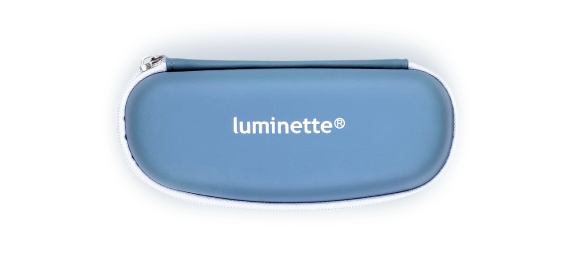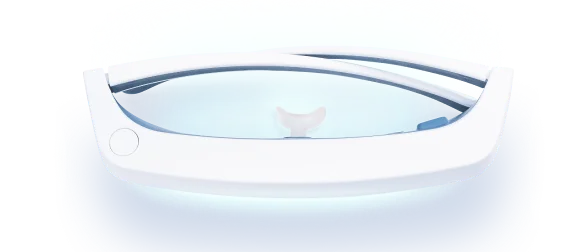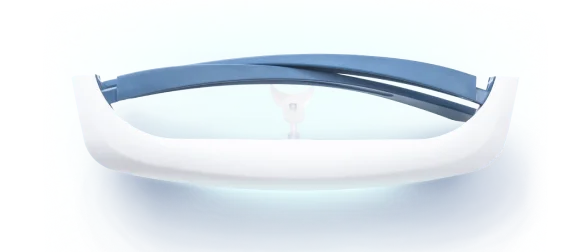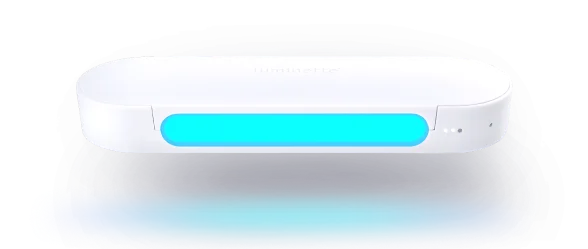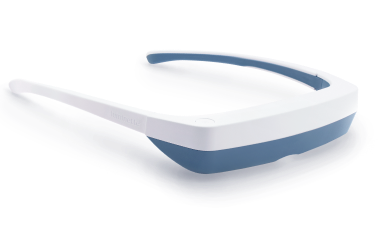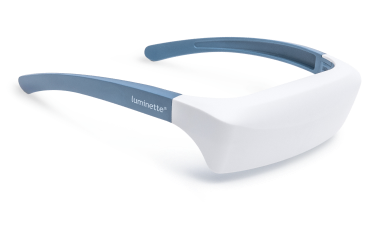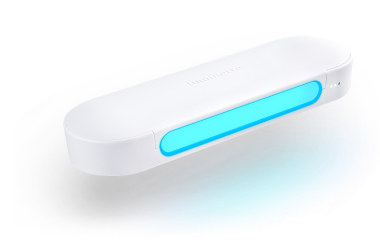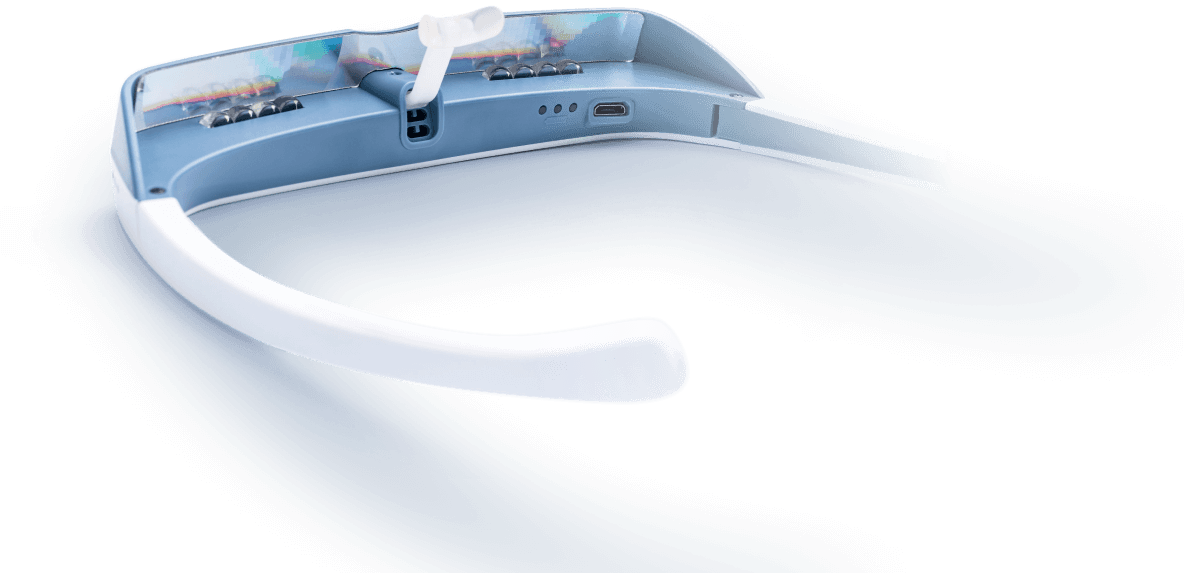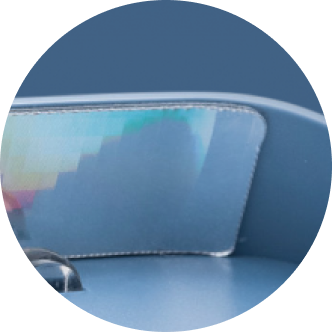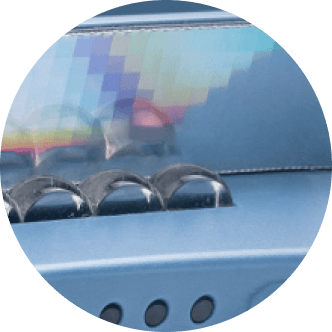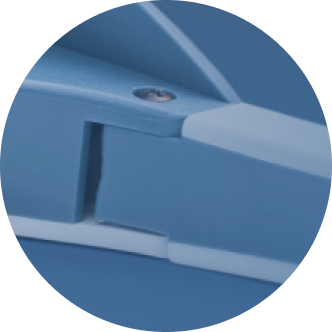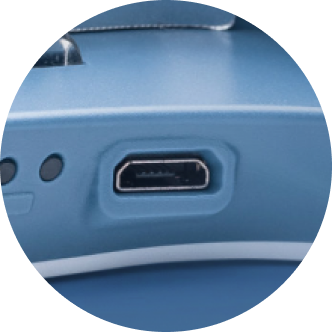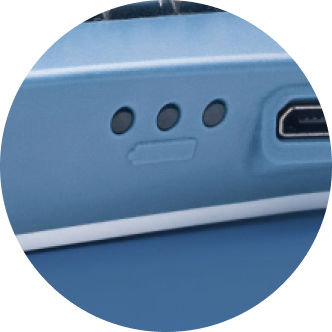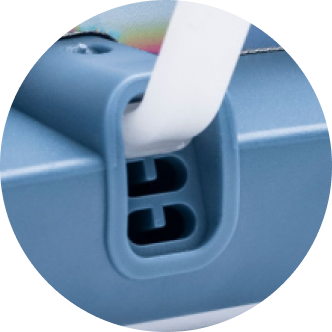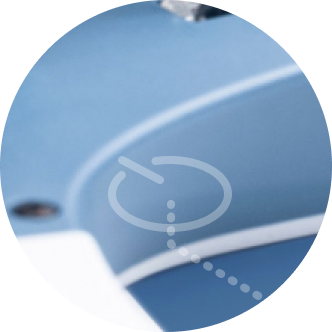A full-spectrum lamp is a lighting device engineered to approximate the daylight spectrum in indoor environments. These lamps are widely used in light therapy for mood and sleep regulation, particularly during high-latitude winters when natural daylight can drop below 8 hours per day, as is common between November and February at 55°N. The principle is straightforward: controlled bright light applied soon after waking supports the body’s circadian rhythm by signaling daytime to the master clock in the brain. Clinical protocols emerged in the 1980s, and by the 2000s randomized trials had established morning bright light as a first-line option for winter blues, with response rates often reported in the 50–80% range depending on dose and adherence. Modern devices provide UV-free lamp designs with documented lux at the eye, adjustable color temperature, and diffusion for eye-safe illumination.
Recent adoption trends show steady growth. Market analysts estimated that full-spectrum and therapy lamps accounted for roughly 35–40% of the consumer wellness lighting segment in 2024, with wearable formats growing at a >15% compound annual rate. In practical terms, households now combine a tabletop daylight box for fixed sessions with a wearable for travel days, expanding adherence without adding time burden. This article explains definitions, mechanisms, benefits, device selection, safety, and daily application using clear metrics, proportions, and timelines.
What Are Full-Spectrum Lamps?
A full-spectrum lamp produces a broad spectral distribution that more closely matches outdoor daylight than conventional bulbs. Although the sun’s correlated color temperature varies from 2,000–2,500 K at sunrise to ~6,500 K at midday, therapy devices typically target a cool-white range near 5,000–6,500 K to emulate morning conditions. Crucially, therapeutic effect depends on illuminance at the eye. Many protocols specify 10,000 lux for 20–30 minutes or 2,500 lux for ~60 minutes, which are dose equivalents following the reciprocity principle in photobiology.
These products differ from decorative lamps in 3 ways. First, they document treatment geometry, reporting lux at fixed distances such as 20, 30, or 50 cm. Second, they incorporate diffusion and glare control to sustain eye-safe illumination during reading or computer work. Third, they avoid ultraviolet output and are marketed as UV-free lamp systems for indoor use. A typical device delivers a large luminous surface area so the eye receives a uniform field without requiring direct gaze at the source.
In consumer language, labels such as "daylight lamp," "energy lamp," or "artificial sunlight" are common. For clinical discussion the term "bright light therapy" is preferred, and lamps used in this context are sometimes called SAD lamps when intended for seasonal affective disorder. Regardless of label, efficacy depends on 3 parameters in proportion: lux at the eye, exposure duration, and the timing relative to habitual wake time.
How Full-Spectrum Lamps Support Light Therapy
When bright, broad-spectrum light reaches intrinsically photosensitive retinal ganglion cells, signals travel to the suprachiasmatic nucleus and reset circadian timing. Morning exposure advances the clock by 20–60 minutes across several days, while late evening exposure can delay it by a similar magnitude. Because timing is a ratio between external cues and internal phase, consistent morning sessions yield cumulative benefits over 1–2 weeks.
The metabolic and neurotransmitter correlates include reduced evening melatonin, earlier melatonin onset the following night, and modest increases in daytime alertness markers that support mood improvement. In practical terms, many users report earlier sleep onset by day 4–7 and more consolidated morning energy by week 2, provided that evening bright light is minimized after 20:00.
Light Spectrum and Color Temperature
Spectral content influences the nonvisual photoreceptors that regulate the circadian rhythm, and this effect is distinct from simple brightness. Cooler color temperature settings near 5,000–6,500 K contain a higher proportion of short wavelengths that the brain interprets as daytime input. Morning exposure for 20–40 minutes across 7–10 consecutive days typically advances circadian phase by 20–60 minutes, which translates into earlier sleep onset and steadier morning energy. Although people describe hues by name, physiology responds to the spectrum at the retina rather than the label on the box. Users should select a full-spectrum lamp that lists spectral distribution or at least a precise Kelvin rating and a documented lux at a known distance. For practical guidance on hue semantics and use cases, see light therapy color meaning, which summarizes how perceived color maps to typical applications. Devices that balance short wavelength content with diffusion help maintain eye-safe illumination during reading. In evening contexts, the ratio should shift toward warmer lighting to protect melatonin timing and sleep quality. These adjustments work best when paired with consistent wake times so that spectral cues reinforce the daily schedule.
Brightness and Lux Levels
Benefits of Using Full-Spectrum Lamps
Mood and Energy Levels
Evidence from randomized and crossover trials indicates that morning bright light therapy reduces winter mood swings, with response rates often between 50 and 80 percent. Users commonly report improved vitality by day 4 to day 7 when exposure occurs within 30 minutes of waking. Mechanically, the intervention supports serotonin pathways during daylight hours while consolidating nocturnal melatonin timing. A concise overview of outcomes and mechanisms is provided in light therapy lamp benefits. Practical tracking can include a 1 to 2 point increase on 10-point energy scales after week 1.
Sleep-Wake Cycles
The sleep-wake cycle is controlled by the interaction of homeostatic pressure and the circadian rhythm, and morning light targets the latter. Phase advances of 15 to 30 minutes can accumulate over 3 to 7 days if sessions are completed on at least 5 days per week. People with late sleep schedules often notice earlier bedtime by the second week and smoother wake transitions by the third week. For structured timing rules and decision trees, see circadian rhythm light therapy. Evening exposure to bright or cool light should be reduced because it can delay melatonin onset by 30 to 90 minutes.
Focus and Productivity
Alertness follows circadian signals that peak in the late morning for most schedules, which makes early sessions strategically valuable. Users who complete 20 to 30 minutes of exposure within the first half hour after waking often report steadier attention from 09:00 to 12:00 and fewer dips around 14:00. Workplace trials show that consistent morning light can improve reaction time and reduce subjective fatigue scores by small to moderate effect sizes. Implementation details are discussed in light therapy for productivity with examples for home offices and shared spaces.
Daytime Sleepiness
Jet Lag Adaptation and Travel Recovery
Shift Work and Irregular Schedules
For rotating or night schedules, correctly timed exposure can stabilize alertness during duty periods and consolidate daytime sleep. Programs that combine pre shift light, strategic caffeine, and post-shift darkness report higher adherence and fewer performance lapses. Guidance and case examples are summarized in light therapy for night shift workers. Even modest adherence, such as 4 sessions per week, can reduce subjective fatigue by noticeable margins while routines are being established.
Choosing the Right Full-Spectrum Lamp
Factors to Consider: Intensity, Timer, and Adjustability
Device selection should begin with verified lux at typical distances such as 50 or 70 cm, followed by features that simplify daily use. Look for a timer with presets at 20, 30, and 45 minutes so the session ends automatically without clock watching. Adjustable stands should raise the luminous center slightly above the user’s gaze to illuminate the lower visual field indirectly. A reviewed set of options appears in best light therapy lamps which compares output, ergonomics, and portability. Travelers who spend at least 7 to 10 days per month away from home may achieve higher adherence with a wearable format. People sensitive to glare can target 5,000 lux for 40 minutes rather than 10,000 lux for 20 minutes to keep comfort high while preserving total dose. Diffusers and antireflective surfaces on the lamp reduce hotspots and eye strain. These practical features add up to predictable sessions and better long-term outcomes.
Placement and Duration of Use
Safety and Effectiveness of Light Therapy
Who Should Use Light Therapy
Candidates include individuals with winter blues, late sleep timing patterns, frequent travelers crossing 3 or more time zones, and shift workers. People with mild to moderate winter mood changes often notice energy gains within 3 to 7 days and sleep timing benefits within 1 to 2 weeks. For average response timelines and expectations, review how long does it take for light therapy to work. In clinical follow-up, a 15- to 45-minute earlier bedtime by week 2 is common when morning exposure is consistent and evening bright light is reduced after 21:00.
Possible Side Effects and Precautions
On the go Alternative - Luminette 3
Wearable solutions solve the most common adherence barrier, which is time. Luminette light therapy is designed to deliver controlled, diffused illumination toward the eyes while leaving the field of view clear for normal tasks like breakfast prep or commuting. Morning exposure can be completed in 20 to 30 minutes while walking, reading, or seated in transit. Programs that add a wearable to a stationary full-spectrum lamp often improve completion rates from roughly 60 to 90 percent because the session happens during existing routines.
Luminette 3 overview. The device emits blue-enriched white light from an emitter positioned above the line of sight so users do not need to look into the source. The design targets the retinal area most relevant for circadian signaling and keeps hands free for everyday tasks. Typical use is 20 to 30 minutes within 60 minutes of waking on 5 to 7 days per week. Angle adjustment keeps the beam directed downward toward the eye while preserving peripheral vision. Users can maintain normal activities like reading or checking a calendar without obstruction. Battery operation supports multi-day use depending on intensity settings, which makes it practical for weekly commutes and short trips.
Drive use case. Many users complete sessions during the morning commute. The device geometry directs light while preserving forward visibility so it does not block the road view. For safety, choose morning drives only and avoid exposure during night driving since bright light at night can delay circadian rhythm and increase alertness when the goal is to wind down. Keep sessions within 20 to 30 minutes and end exposure at least 30 minutes before arrival for tasks that demand peak visual contrast. Always comply with local regulations regarding wearable devices in vehicles and prioritize safe driving posture and attention.
Maintaining Morning Light Exposure While Commuting or Traveling
For features, fitting, and step-by-step instructions, see Luminette 3 light therapy glasses. Travelers crossing 3 to 9 time zones can pair morning destination exposure with evening light avoidance to shorten adaptation by about 1 to 2 days. Practical templates and timing rules are summarized in jet lag light therapy. A simple rule of thumb is morning exposure after eastbound flights and delayed morning exposure after westbound flights with dark strategies timed to the new local night. Keep a log for the first 3 travel mornings and target at least 2 completed sessions to secure the bulk of the phase shift.
Wearable solutions address the most common barrier to success, which is time. Commuters can meet their dose target while preparing breakfast or traveling. Luminette light therapy glasses deliver controlled, diffused illumination toward the eyes while keeping the field of view clear for normal tasks.
Comparing Traditional Lamps vs. Wearable Light Devices
|
Stationary Full Spectrum Lamp |
Wearable Light Device |
|
High output options rated up to 10,000 lux at 50–70 cm |
Moderate illuminance delivered close to the eye at fixed geometry |
|
Best for seated routines at home or in the office |
Best for commuting, breakfast prep, or walking |
|
Larger luminous area for uniform indirect field |
Compact emitter positioned above or in front of the eyes |
|
Requires dedicated time block near the device |
Enables session stacking during existing tasks |
|
Angle and stand adjustments for desk placement |
Ergonomic fit with nose bridge support |
|
Diffusion panels reduce glare and hotspots |
Directional optics minimize stray light |
|
Typically 20–45 minute sessions at 1x per day |
Often 20–30 minute sessions at 1x per day |
|
Lower cost per lumen and long service life |
Higher cost per unit but higher adherence |
|
Ideal for consistent wake times and fixed schedules |
Ideal for variable schedules and frequent travel |
|
May be less convenient for shared spaces |
Discreet use in public settings |
|
Power via AC with stable output |
Rechargeable battery with multi-day runtime |
|
Limited portability for flights or hotels |
Packs easily and maintains routine on the road |
How to Integrate Full Spectrum Light Therapy into Daily Routine
Morning Light Exposure Habits
Anchor the session to an existing habit such as coffee, journaling, or a short reading block to make the behavior automatic. Begin with 20 minutes for 3 days, then move to 30 minutes if needed to meet mood and sleep goals. People who maintain at least 5 sessions per week achieve more stable outcomes than those with sporadic use. For stepwise instructions and placement examples, consult how to use a happy light which offers practical guidance. Avoid bright screens late at night because evening blue light exposure can offset the morning phase advance. Outdoor light after the session adds natural variation that strengthens the signal on clear days. Families can set shared cues like breakfast at a fixed time to improve collective adherence. Over several weeks these routines become effortless parts of the morning.
Combining Natural and Artificial Light Sources
Expert Insights and Research Findings
Clinical Studies on Light Therapy
Recommendations from Health Professionals
Clinicians recommend starting at 20 minutes for 3 days, increasing to 30 minutes if symptoms persist, and maintaining consistent timing near wake time. They advise minimizing bright screens after 21:00 and using warmer evening lighting to protect melatonin and bedtime. Shift workers can schedule sessions before the main wake period of their duty cycle and use dark strategies after shifts to consolidate sleep. For night schedules, targeted protocols are summarized in light therapy for night shift workers with examples for early, late, and rotating rosters. Travel plans should include light timing based on direction and number of time zones crossed. Regular review after 2 weeks helps adjust intensity, duration, and angle to optimize comfort. With these steps most users achieve stable benefits without complex equipment or restrictive routines.
Conclusion
FAQ
What is a full-spectrum lamp, and how does it differ from regular lighting?
It is a lamp that reproduces a broad daylight-like spectrum and delivers documented lux at the eye for therapeutic purposes, unlike decorative lamps that report only lumens.
Can full-spectrum lamps help with seasonal affective disorder?
Yes. Morning bright light is considered a first-line approach, with response rates reported around 50–80%, depending on dose and adherence.
How long should I use a full-spectrum lamp each day for best results?
Typical sessions are 20–30 minutes at 10,000 lux or 40–60 minutes at lower intensities within the first hour after waking.
Are full-spectrum lamps safe for daily use?
What is the ideal distance to sit from a full-spectrum light source?
Follow the manufacturer’s chart. Common setups deliver 10,000 lux at 50–70 cm and 2,500–5,000 lux at longer distances.
Can I use a full-spectrum lamp at night without affecting my sleep?
Avoid bright, cool light after 21:00 to prevent delays in melatonin and bedtime. Prefer dim, warm lighting in the late evening.
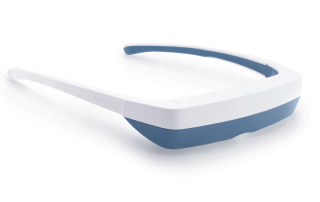
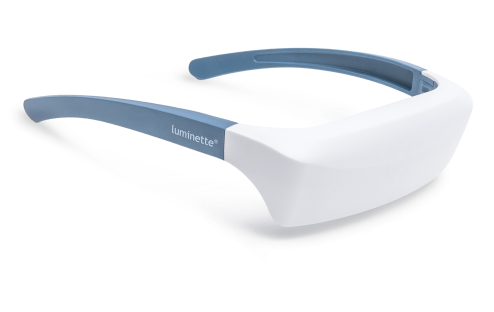
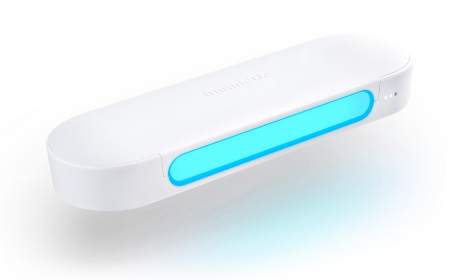


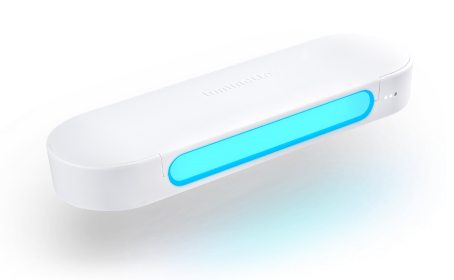

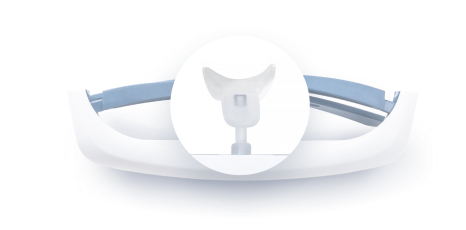

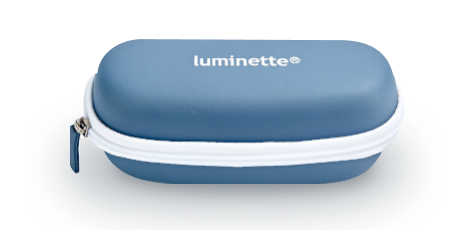
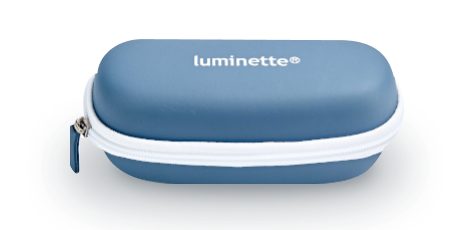
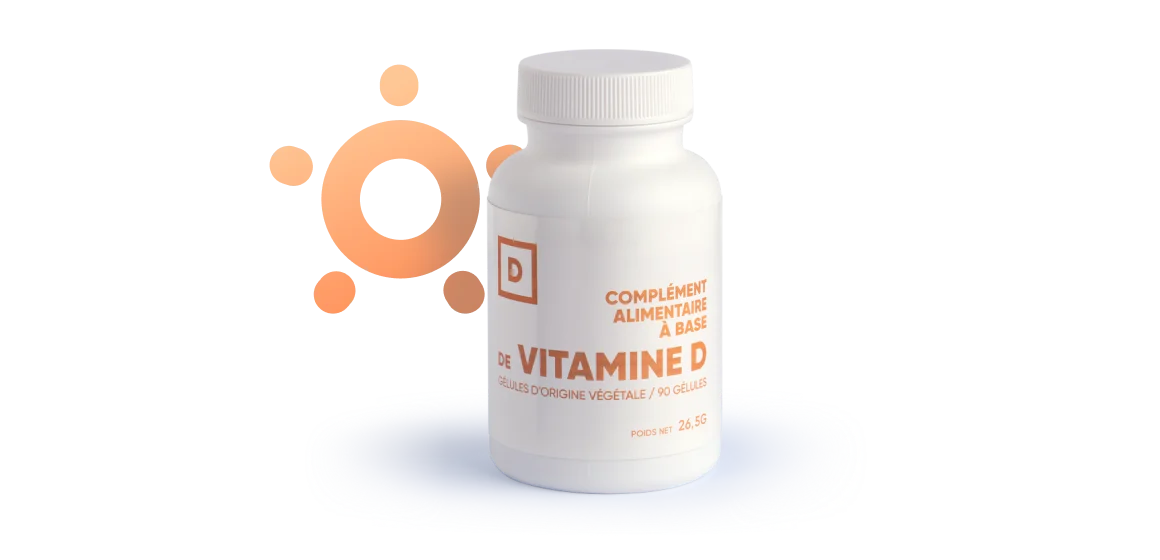



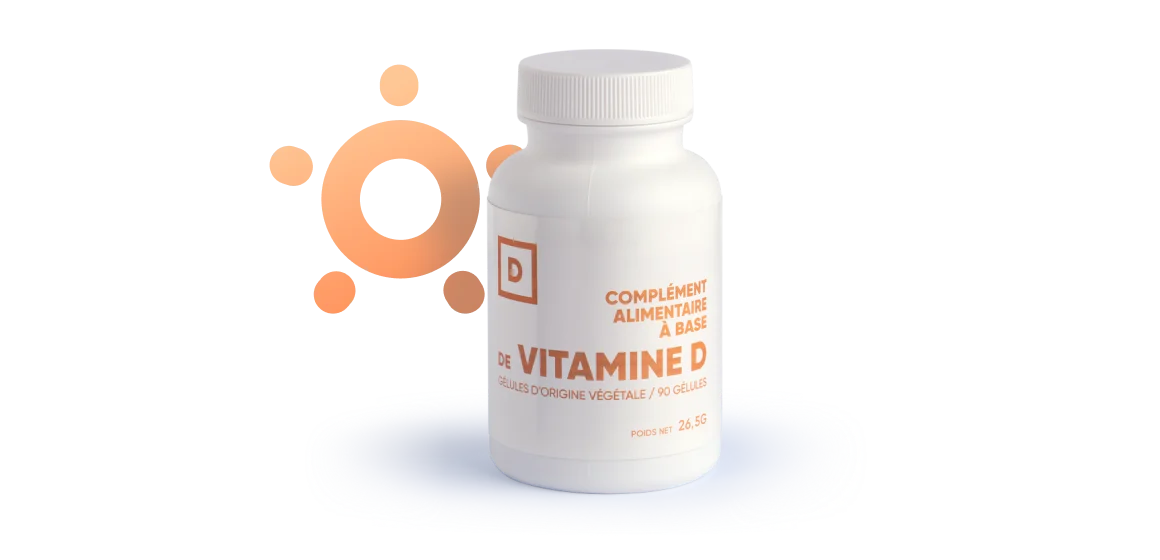
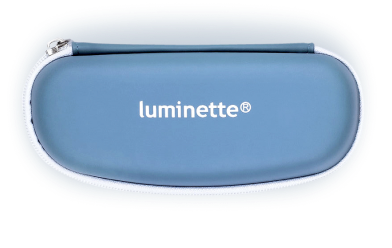
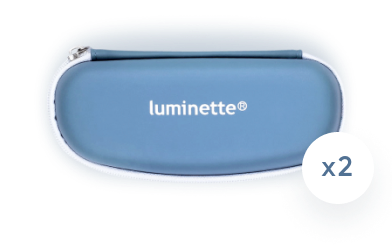
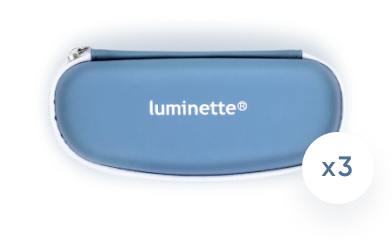
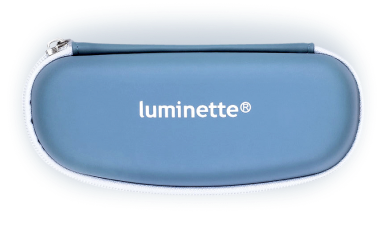
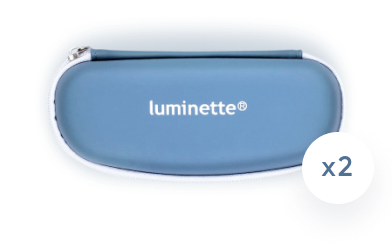
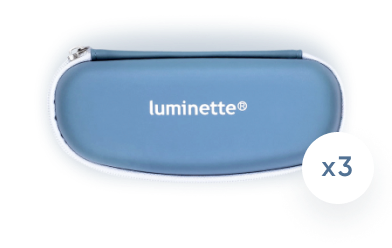

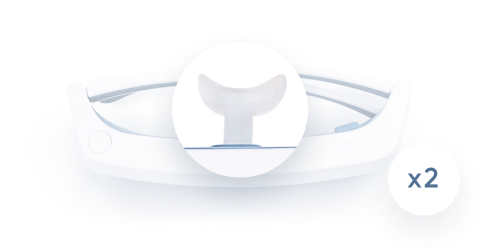
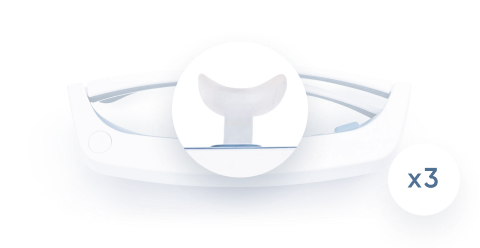
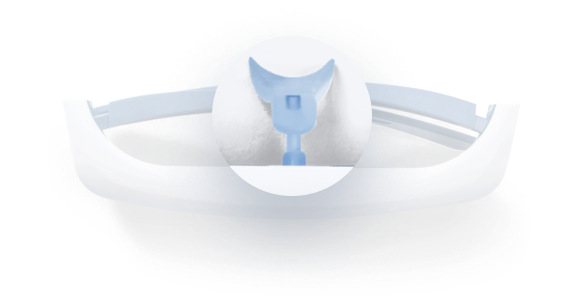
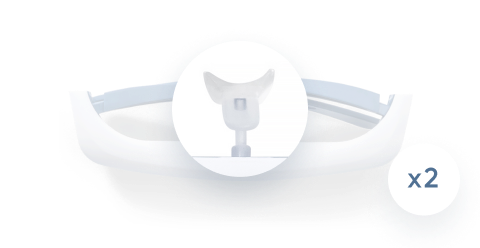
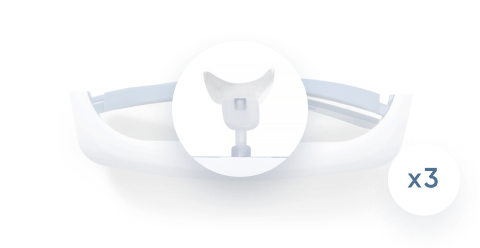
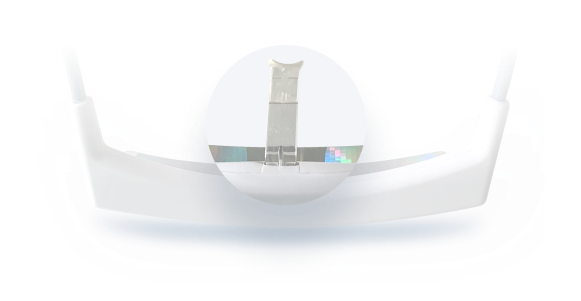
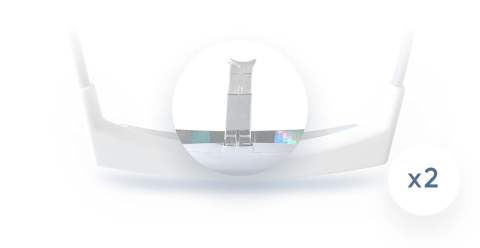

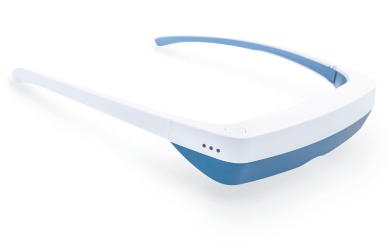
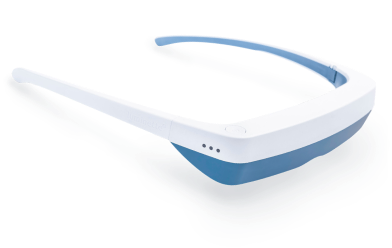
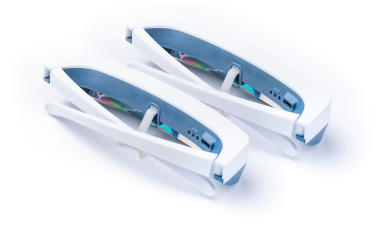
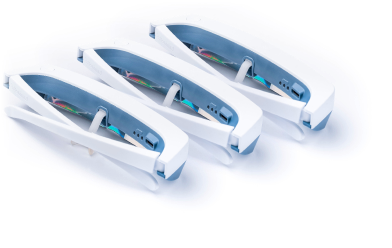
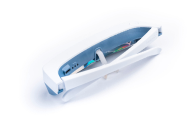
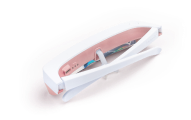
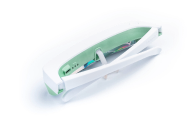
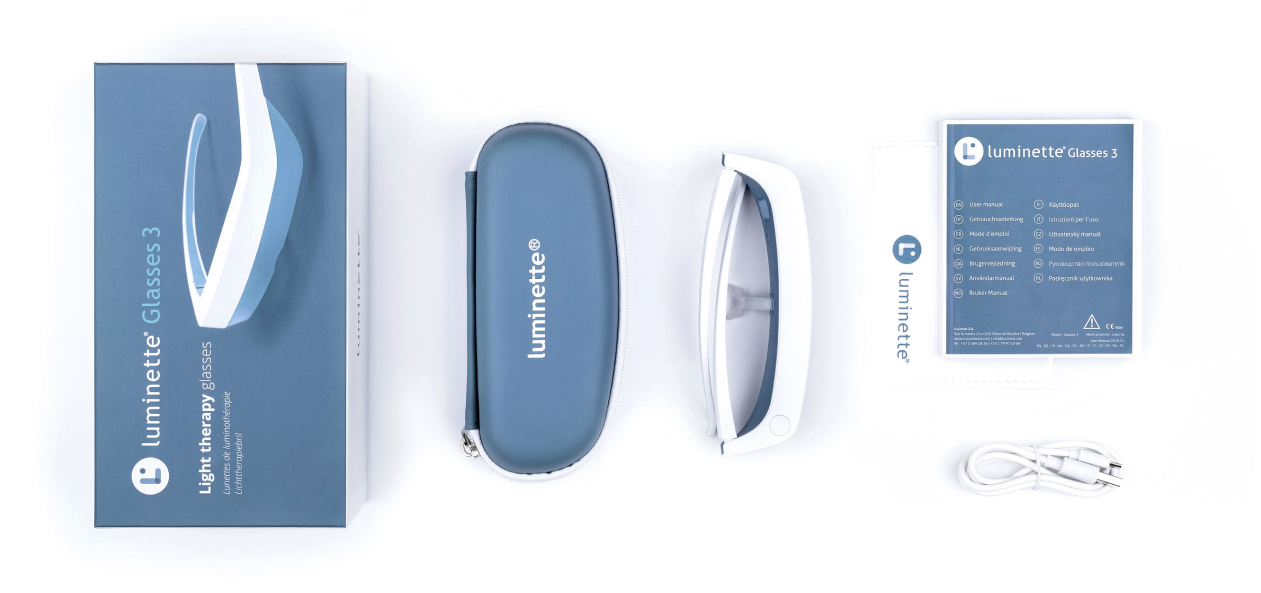
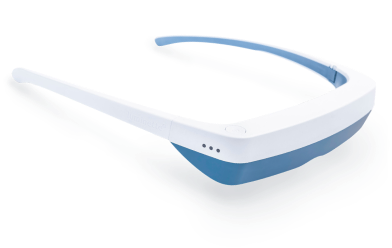
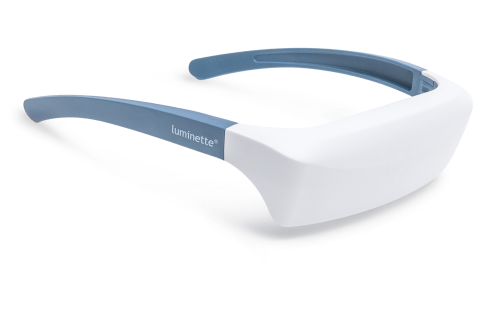
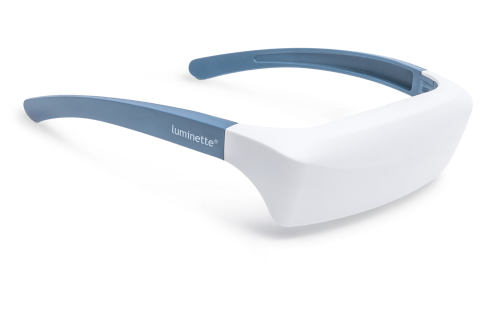
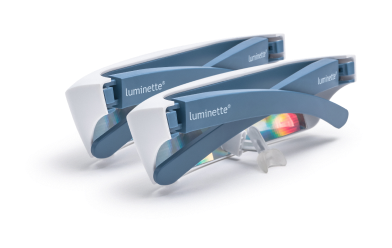
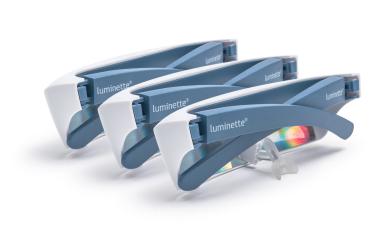
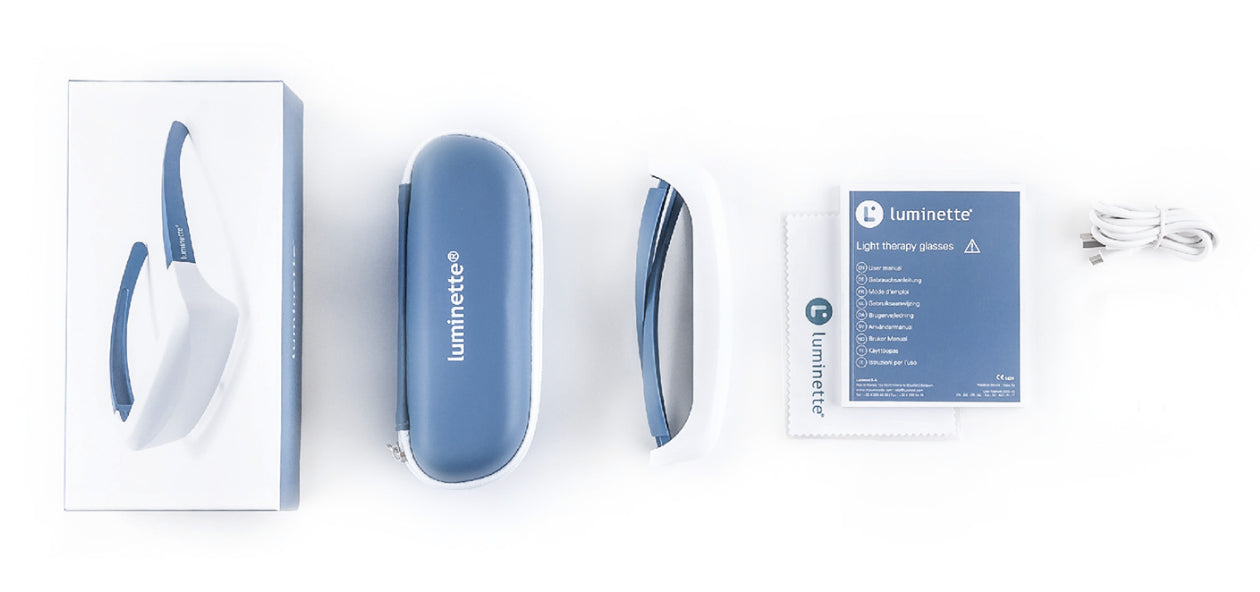
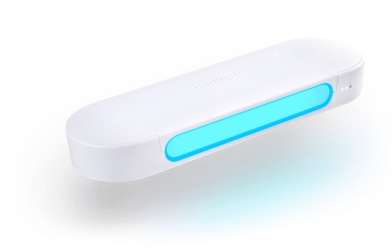

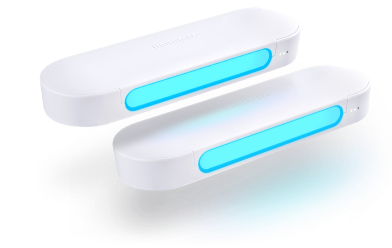
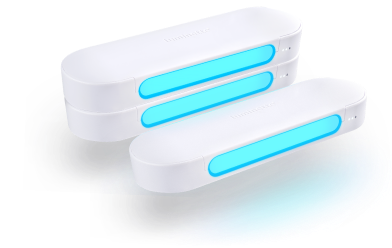
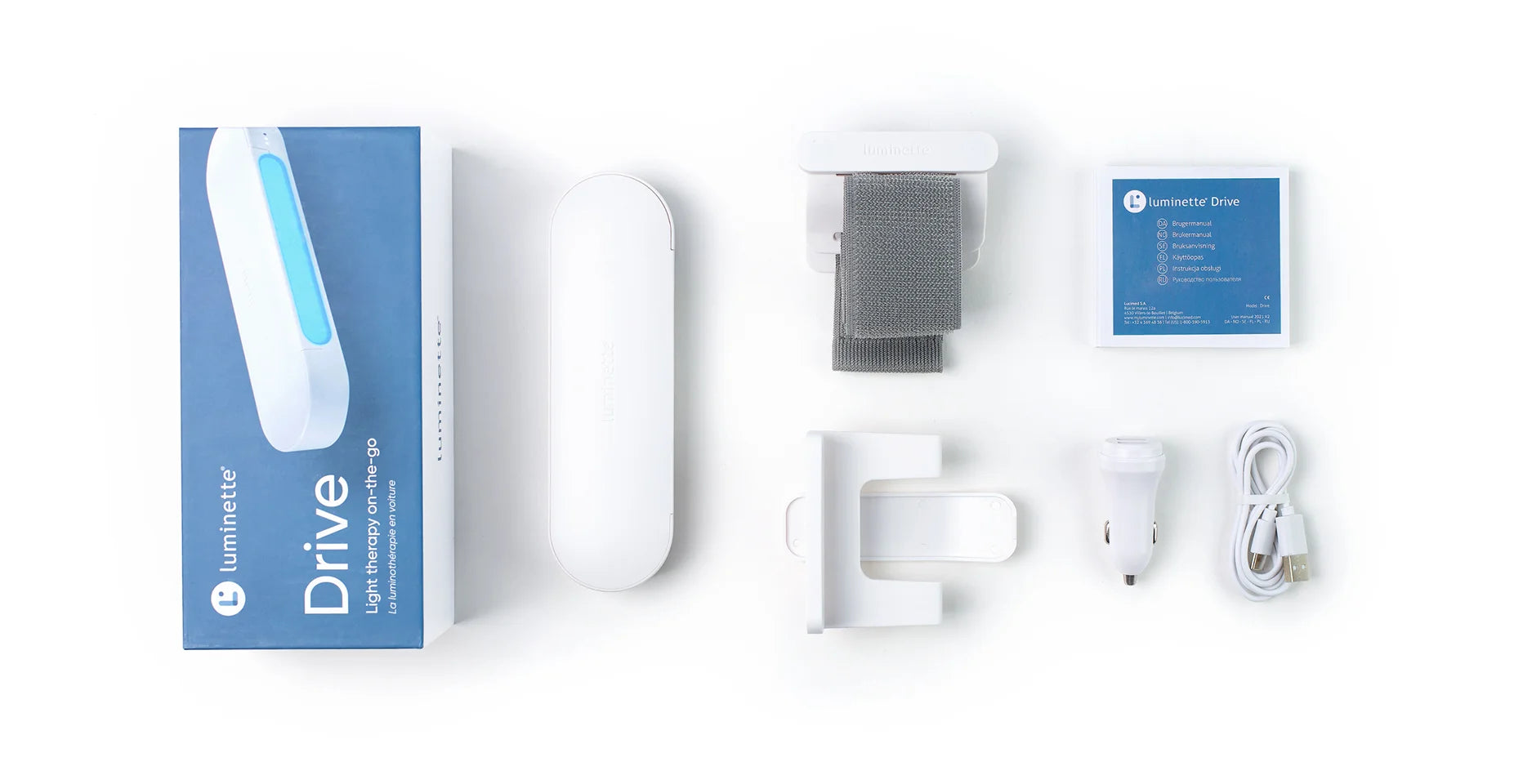

 Please note
Please note


